Dr. Brittany Wenniserí:iostha Jock, Ph.D., is an Assistant Professor at McGill University in the Centre for Indigenous Peoples’ Nutrition & Environment (CINE). With a bachelor’s degree in chemistry from Syracuse University, a master’s degree in epidemiology, and a doctorate in social and behavioural interventions from Johns Hopkins School of Public Health, she is passionate about promoting health in her Mohawk community of Akwesasne. In this interview, we asked her about her research (it’s intense!), her views on COVID-19 misinformation, and her role as a female Indigenous scientist.
What kind of research do you do?
My goal is to promote the health of Indigenous Nations and communities. I started with obesity prevention in Native Americans because I was interested in learning how we can tackle that issue in entire communities. Some of the most successful interventions have been multi-component obesity prevention programs, meaning that they are spread across workplaces, schools, and even stores.
From there, my research grew into examining food systems—which are a powerful way of impacting an entire population. In my research, I examine the consequences of forced reliance on processed foods versus traditional foods—as well as issues with food access. Food is one way to examine a culture, so I look at overall trends: What’s accompanying this shift to obesity and chronic-related conditions? The answer is highly processed foods. We need to shift away from processed foods and towards traditional foods to address obesity. Of course, all of this ties into Indigenous food sovereignty.
What led you into this kind of research?
I studied chemistry in university. But being in a lab was too far removed from seeing how my work could benefit Indigenous people and their health. Then I had an internship at Health Canada which exposed me to public health and policymaking. I saw how scientific research can inform policy to improve health and populations. My goal was to go beyond simply identifying problems and look at what we can do about our findings.
Can you tell me about any standout points in your research or career so far?
A lot of past research doesn’t examine Indigenous food environments in a holistic way. It fails to look at all the accompanying issues. We must look beyond food stores and also consider traditional food systems and food access. These were severely compromised by limiting Indigenous peoples to reserves. In the past, many communities would move around to follow the food supply and now we’re not able to do that as easily.
Recently, a large Canadian study found that 12% of the general population is experiencing food insecurity. That number quadrupled for First Nation adults living on-reserve. The highest food insecurity was found in remote, fly-in First Nation communities. And everything is being exacerbated by disruptions due to COVID-19 and travel limitations.
What it’s like to work/live through a pandemic as an epidemiologist?
The exciting part of epidemiology is that there are real-world implications. I am using what I’ve learned for myself, my family, and my community. What’s happening right now also is part of the relationship between inadequate nutrition and getting infectious diseases. It’s a cycle.
Moving forward, I hope this reminds people how important their actions are in preventing and promoting health. We are all interdependent. Even within your household, what your partner or children do affects your health. If your partner is listening to the conspiracy theorists, it has real consequences. People are figuring out too late that this illness is real—they’re finding out once they’re sick. And it’s also important to recognize that this is all part of a larger anti-science movement. We are very fortunate to have vaccines to avoid death and serious illness of many infectious diseases, and I hope that we have higher rates of vaccinations in general. Indigenous peoples have lost too many to infectious disease and we must avoid this for the future of our Nations.

How are you using your education to serve your community and combat COVID-19 misinformation?
In these times, I’m glad I have this training and can share it. As an epidemiologist, it was clear we’d need a vaccine to eventually resume our activities. We tried closing down to bubbles and COVID-19 kept spreading because people had trouble sticking with their bubble. The vaccine is everything I hoped for: highly effective with very minor side effects. Of course, every individual must make their own choice with their physician’s guidance.
When it comes to vaccine hesitancy, critical thinking is a good thing. The health system has not always been good to Indigenous people—this is part of the trauma we’ve been through. It’s paramount to do public health education in a trauma-informed way when working with minorities or marginalized groups. For Indigenous communities, it’s vital that we vaccinate elders, knowledge holders, and language speakers early so their knowledge can be shared.
How has your experience as an Indigenous female scientist informed your work?
I’ve realized how much my identity drives effective science. In order to promote Indigenous health, I’m really interested in using statistical and qualitative methods, but I always come back to the question: “What are you doing this for? How will this promote Indigenous peoples’ health?”
My research within Indigenous communities is community-based, participatory research. In the past, there was a pattern of non-Indigenous researchers performing “helicopter research”, meaning that they dropped into communities, extracted data, and never asked for participation or input. Today, there is a stronger push for involving Indigenous peoples in meaningful ways and respecting their sovereignty. This means prioritizing Indigenous value systems and recognizing the wealth of information within communities. The research is actually more rigorous when you include the community you are researching.




